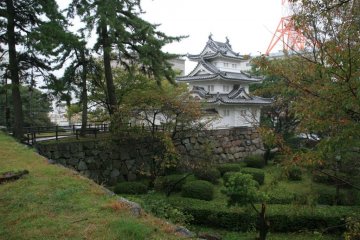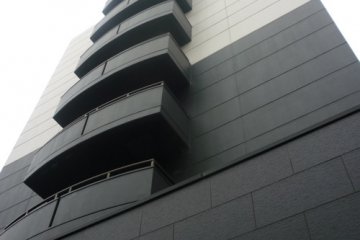

Located in Tsu City, Mie Prefecture, Tsu Castle was built in 1558. Originally home to Hosono Fujiatsu, Oda Nobunaga took control of the small castle ten years after it was constructed. Nobunaga ordered his younger brother, Nobukane, to reside at the castle in order to ensure the Oda control remained strong in the region.
Under Nobukane’s reign, Tsu Castle greatly expanded for almost 20 years. However, after Nobunaga’s death, his famed vassal, Hideyoshi, gave the castle to one of his loyal retainers. The castle once again transferred hands in 1600. After the Battle of Sekigahara, the Tomita clan was rewarded by the Shogunate for their performance and given the castle.
In 1662, the castle suffered from a fire and the donjon was destroyed, replaced by a two-story yagura (tower or turret). After being briefly owned by the Imperial Japanese Army, the castle returned to its former lord, Todo Takaiyo, in 1889. It fell into disrepair and was destroyed largely by 1912. Today the castle site is a city park and the castle was listed as one of Japan’s top 100 castles in 2017.
A 12-minute walk from Tsushimmachi Station.

An inexpensive yet comfortable designer hotel in Tsu city, Mie Prefecture.

There is something special about the Shitennouji temple and grounds that makes it different. A calmness that you can feel in your heart.

From the east, it is western, from the west, it is eastern. What is it? It’s a Tokai region treasure, a stately home called Rokkaen, built in 1913 at the end of the Meiji period for a rich landowner and rice baron in Mie Prefectures’ Kuwana City.

A special exhibition taking place at the Mie Prefectural Art Museum looks at the works of Miquel Barceló (1957 -), who is revered as a master of Spanish contemporary art.